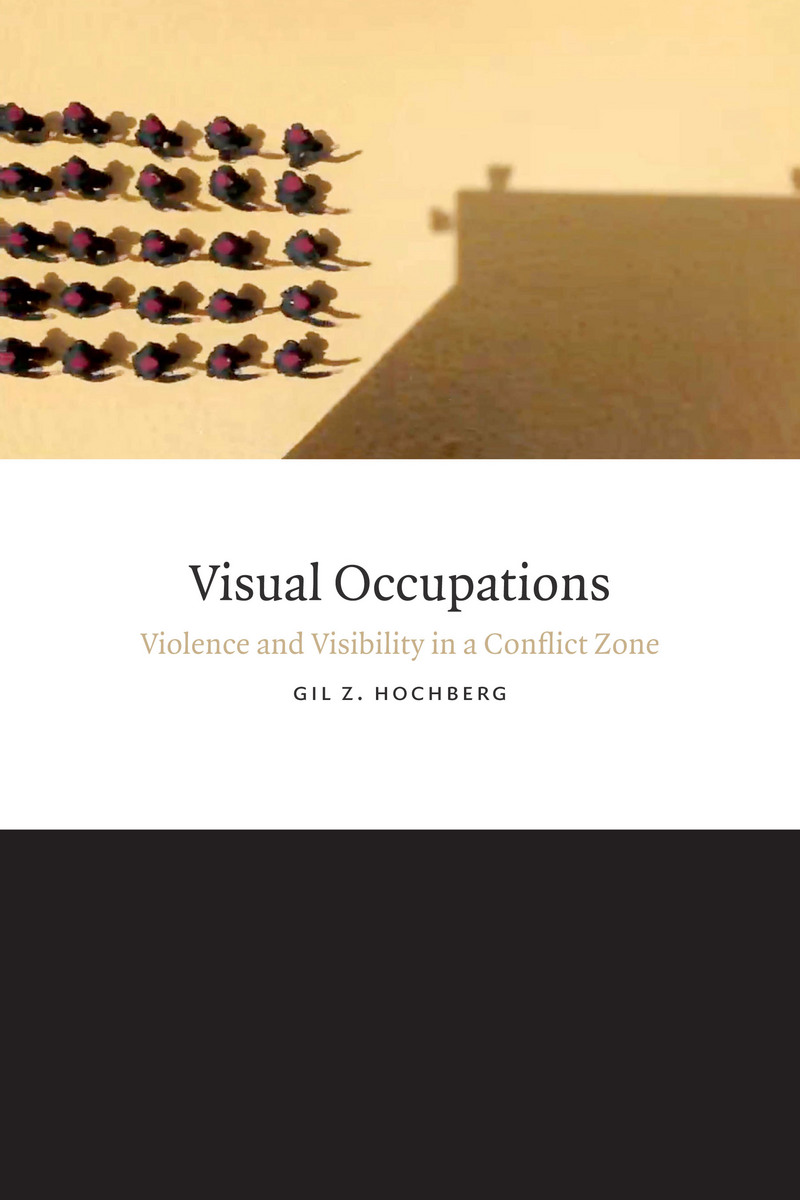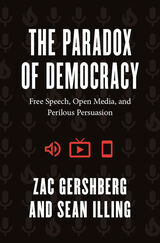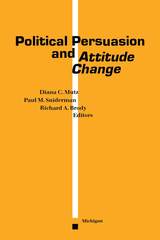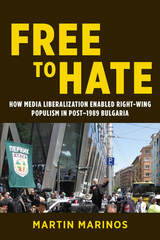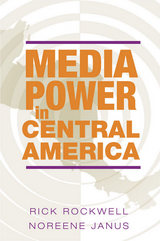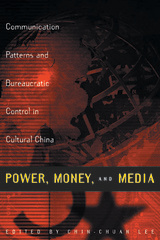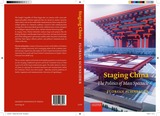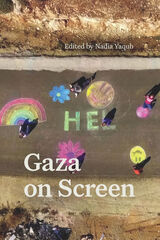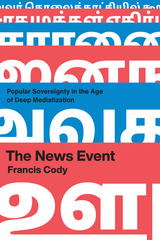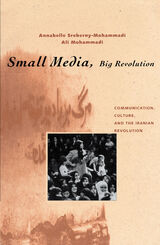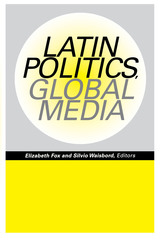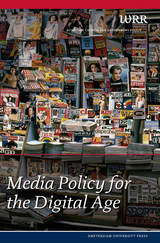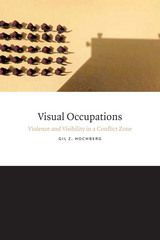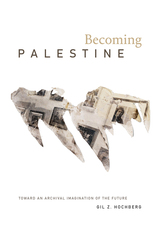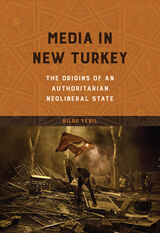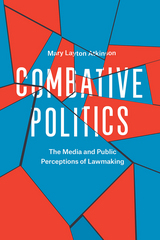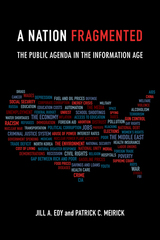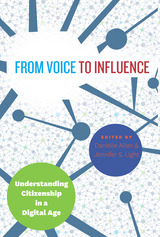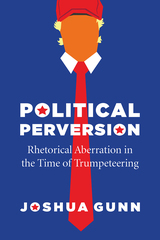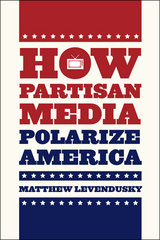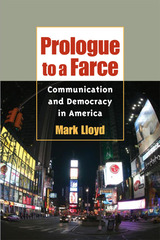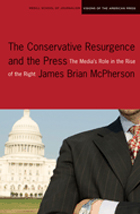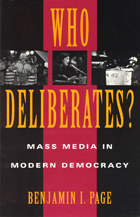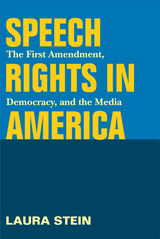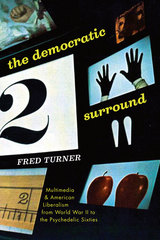Visual Occupations: Violence and Visibility in a Conflict Zone
Duke University Press, 2015
eISBN: 978-0-8223-7551-7 | Cloth: 978-0-8223-5901-2 | Paper: 978-0-8223-5887-9
Library of Congress Classification P95.82.P19H634 2015
See other books on: Arab-Israeli conflict | In motion pictures | Palestine | Visual communication | Zionism
See other titles from Duke University Press
eISBN: 978-0-8223-7551-7 | Cloth: 978-0-8223-5901-2 | Paper: 978-0-8223-5887-9
Library of Congress Classification P95.82.P19H634 2015
ABOUT THIS BOOK | AUTHOR BIOGRAPHY | REVIEWS | TOC | REQUEST ACCESSIBLE FILE
ABOUT THIS BOOK
In Visual Occupations Gil Z. Hochberg shows how the Israeli Occupation of Palestine is driven by the unequal access to visual rights, or the right to control what can be seen, how, and from which position. Israel maintains this unequal balance by erasing the history and denying the existence of Palestinians, and by carefully concealing its own militarization. Israeli surveillance of Palestinians, combined with the militarized gaze of Israeli soldiers at places like roadside checkpoints, also serve as tools of dominance. Hochberg analyzes various works by Palestinian and Israeli artists, among them Elia Suleiman, Rula Halawani, Sharif Waked, Ari Folman, and Larry Abramson, whose films, art, and photography challenge the inequity of visual rights by altering, queering, and manipulating dominant modes of representing the conflict. These artists' creation of new ways of seeing—such as the refusal of Palestinian filmmakers and photographers to show Palestinian suffering or the Israeli artists' exposure of state manipulated Israeli blindness —offers a crucial gateway, Hochberg suggests, for overcoming and undoing Israel's militarized dominance and political oppression of Palestinians.
See other books on: Arab-Israeli conflict | In motion pictures | Palestine | Visual communication | Zionism
See other titles from Duke University Press
